Reading food labels is essential for those following a gluten-free diet, as gluten can hide in many unexpected places. Here is the information you need to read food labels to find hidden gluten.
This post may contain affiliate links. Please read our Disclosure Policy.
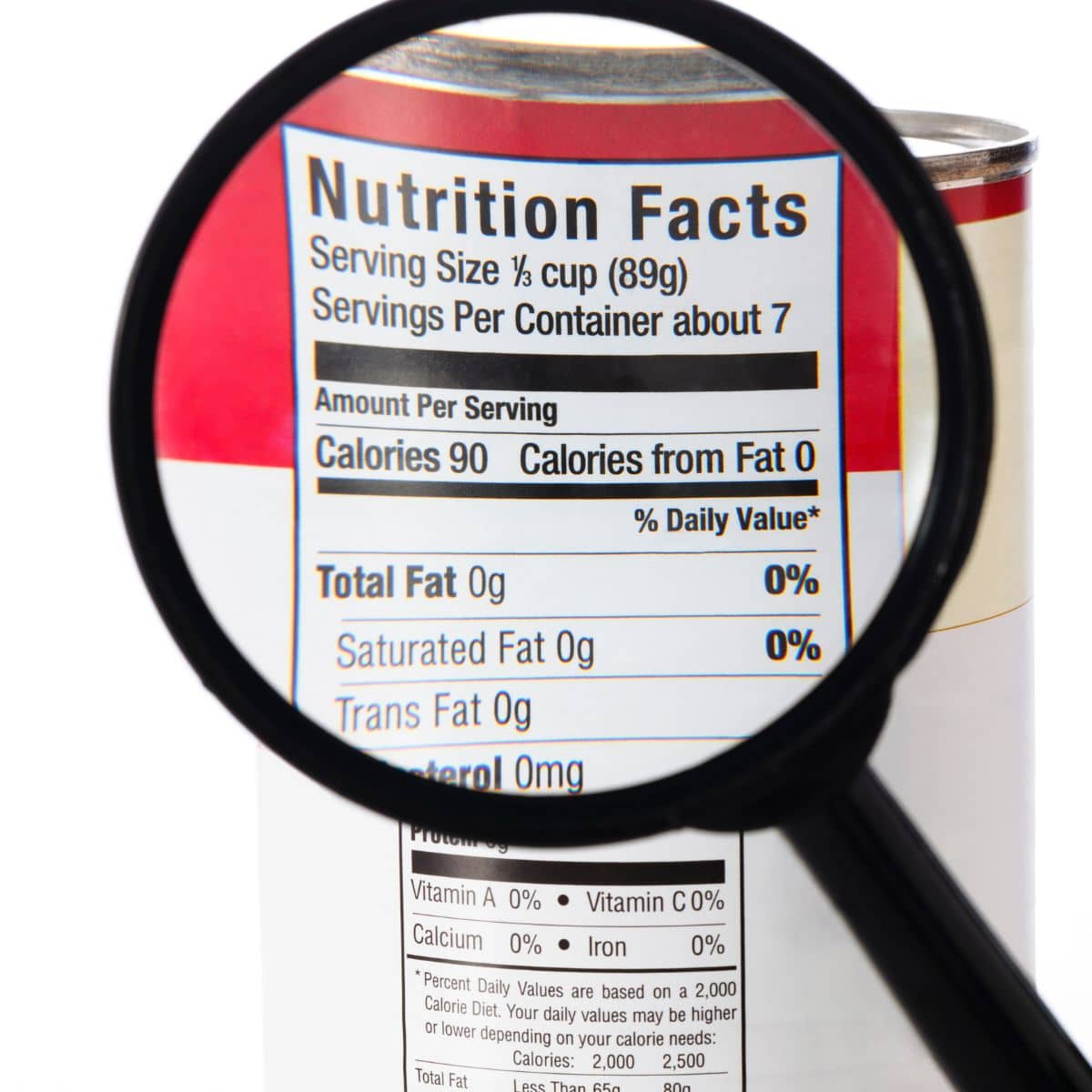
It can be overwhelming when you get that diagnosis of Celiac Disease, gluten intolerance, or gluten allergy. Doctors often make it sound easy. Avoid wheat, barley, and rye, they say. But what about all of those hidden gluten sources with different names? What about shared equipment in manufacturing?
Let’s dive in and talk about how to read a label to find hidden gluten and determine whether a product is safe to eat.
If you are brand new to gluten free, this guide on How To Live Gluten Free has a lot of information to help you learn gluten free living.
What is gluten?
Gluten is a protein found in certain grains, including wheat, barley, and rye. It is formed from two proteins, glutenin, and gliadin, which combine to form a network of proteins that help give the dough its elasticity and ability to rise. Gluten is what makes bread chewy and gives it its characteristic texture.
Who needs to avoid gluten?
Gluten can be a problem for people with celiac disease, an autoimmune disorder where consuming gluten triggers an immune response that damages the lining of the small intestine. Gluten can also cause digestive issues and discomfort for people with gluten sensitivity, allergy, or intolerance. For these individuals, avoiding gluten-containing foods is necessary to maintain good health.
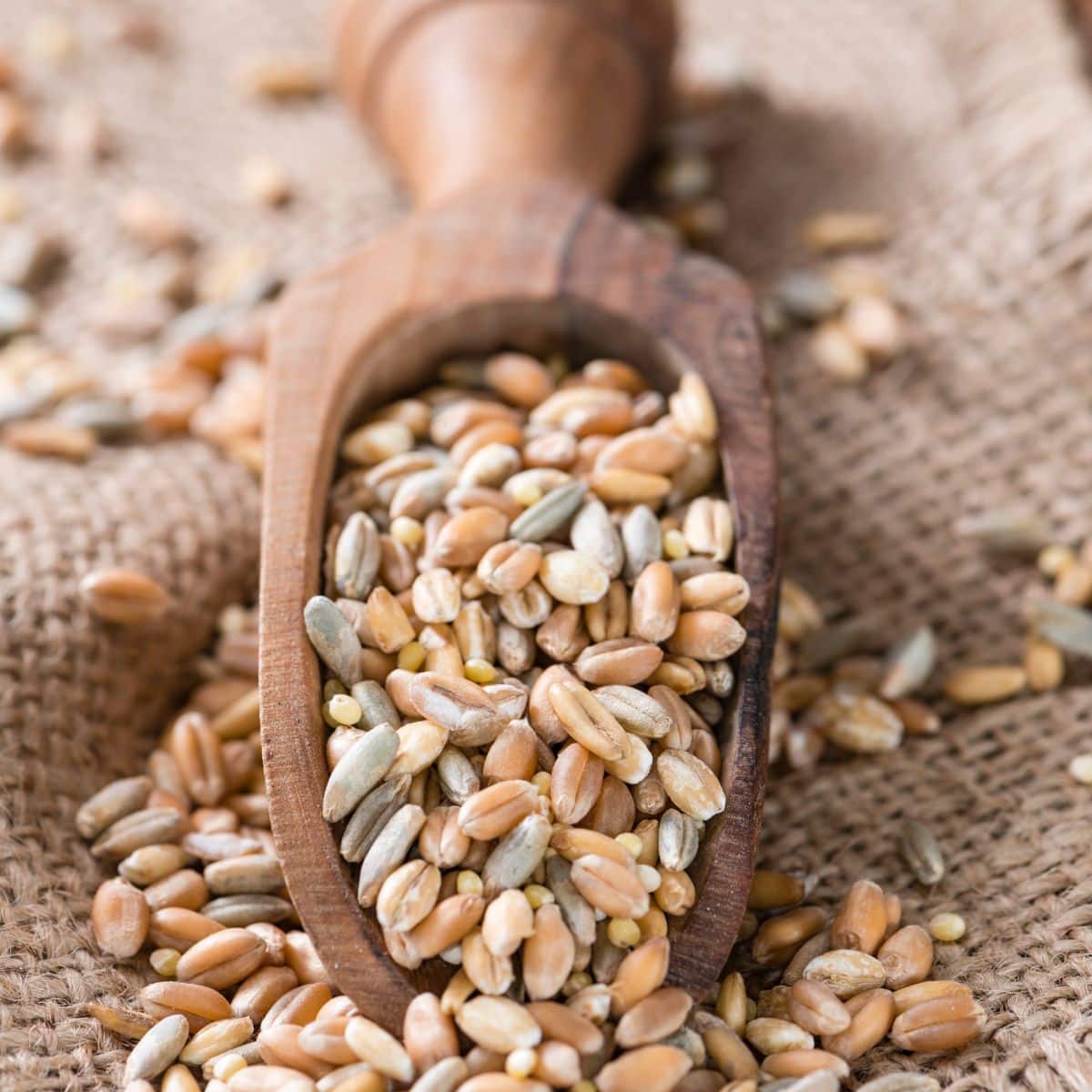
Look for these names of hidden gluten:
Gluten has many names and can be hidden in many places, both in prepared foods and ingredients. It is critical to read labels to ensure your food is safe.
- Barley
- Brewer’s Yeast
- Bulgur
- Couscous
- Durum
- Einkorn
- Farina
- Farro
- Graham Flour
- Kamut
- Malt
- Malt Vinegar
- Rye
- Seitan
- Semolina
- Spelt
- Triticale
- Wheat
- Wheat Bran
- Wheat Germ
- Glucose Syrup – In Australia, it is often wheat-based, but in the U.S., usually corn-based. Always read labels!!
- I am adding this one due to false information on the web. No, you can not eat regular sourdough bread. The fermentation process of making sourdough will NOT break down gluten. Ditto for European gluten. Gluten is gluten, and it causes damage to those with Celiac Disease.
When in doubt, look for products specifically labeled as gluten-free or contact the manufacturer for more information. I also do a lot of research on whether some packaged foods are gluten free, which you can read in my Gluten Free Resources section.
Email This Recipe To Me!
What about wheat starch?
A lot of people have asked about wheat starch. Wheat starch is a tricky ingredient. It is processed to remove gluten, but Gluten Free Watchdog has found it can test anywhere from 5 ppm to over 1000.
My personal recommendation is to be sure it comes from a reputable source that does proper testing. This Gluten Free Watchdog article on wheat starch has a lot of good information.
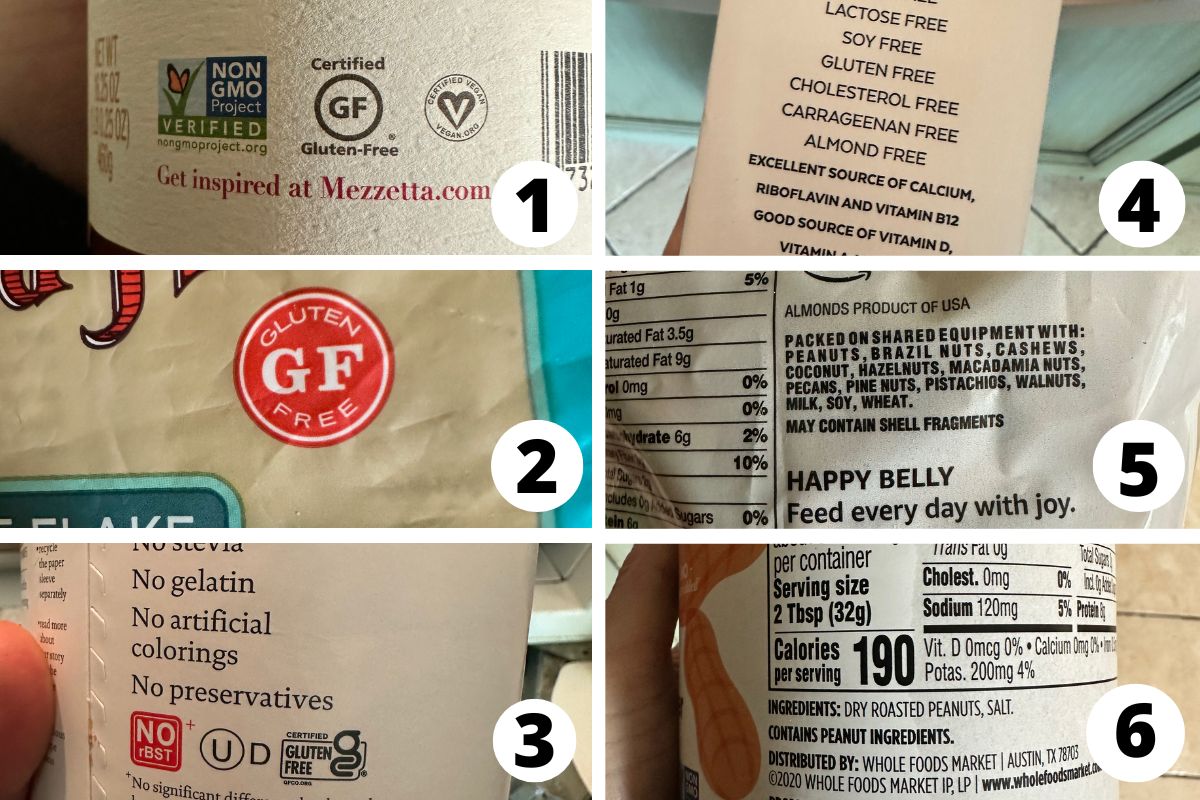
How To Read Labels:
Here are some tips for reading food labels to find hidden gluten ingredients:
- Look for Gluten-Free Certification: Photos #1 and #3 have certified gluten free labels. Photo #2 has a “brand-created” gluten-free symbol. Many brands label their products gluten free because there are no gluten ingredients in the product or in the manufacturing facility. Many conduct their own testing to ensure their products test under 20 ppm. They put gluten free on the label but do not pay for the “certification” because the certification process is expensive. However, not all gluten-free products are labeled as such. Look for products certified gluten-free by organizations such as the Gluten-Free Certification Organization (GFCO), Gluten Intolerance Group (GIG), or the Celiac Support Association (CSA).
- Check the Ingredients List: Look for ingredients known to contain gluten, such as wheat, barley, rye, and oats (unless the oats are certified gluten-free). Look for the hidden gluten ingredients listed above.
- Beware of Cross-Contamination: Photo #5 is a good example of a label where the brand discloses its product is made on shared equipment. Nuts can be a big issue because they are processed on shared equipment. Even if a product does not contain gluten as an ingredient, it may still be contaminated with gluten during production. Look for products that are produced in dedicated gluten-free facilities or have been tested for gluten contamination.
- Check for Hidden Gluten Sources: Gluten can also be hidden in additives such as modified food starch, flavorings, and thickeners. Look for products that use gluten-free versions of these ingredients. A good example is soy sauce. Be sure it is labeled gluten free soy sauce.
- Know that fermented beverages can not be tested accurately. If you don’t see gluten ingredients, or if a beer that is not certified claims to be gluten free. That doesn’t mean it is safe because you can’t test fermented beverages for gluten content accurately. Gluten-removed beer is guilty of this. Get more information on Elisa Testing and Beer.
- Know the Limits: In the United States, the FDA allows products to be labeled gluten-free if they contain less than 20 parts per million (ppm) of gluten. However, some people with celiac disease or gluten sensitivity may still experience symptoms at this level. Know your personal tolerance for gluten and choose products accordingly.
- Don’t just check food items: Be sure to look at labels for personal care products like toothpaste and any item that can end up in your mouth (if you are Celiac.) For me, lipstick, shampoo, conditioner, and hand cream are big items to keep gluten free.
Please do not assume it’s gluten free because the box or package says so. Look closely at allergen information. Sometimes, the two of them don’t match.
Labeling laws can vary by country:
One of my readers, Magee, said in Canada that the law requires that the ingredient label states…” may contain…” and must list all and any allergens that the contents could have been exposed to. In 14 years have never had a problem as long as I check labels. Even has to indicate if the hydrolyzed protein comes from corn, wheat, soy, etc.”
What is the 20 ppm testing guideline?
The under 20 parts per million (ppm) gluten guideline is a standard established by the Codex Alimentarius Commission, a joint food standards program of the United Nations Food and Agriculture Organization (FAO) and the World Health Organization (WHO). The guideline specifies that foods labeled “gluten-free” should contain less than 20 ppm gluten.
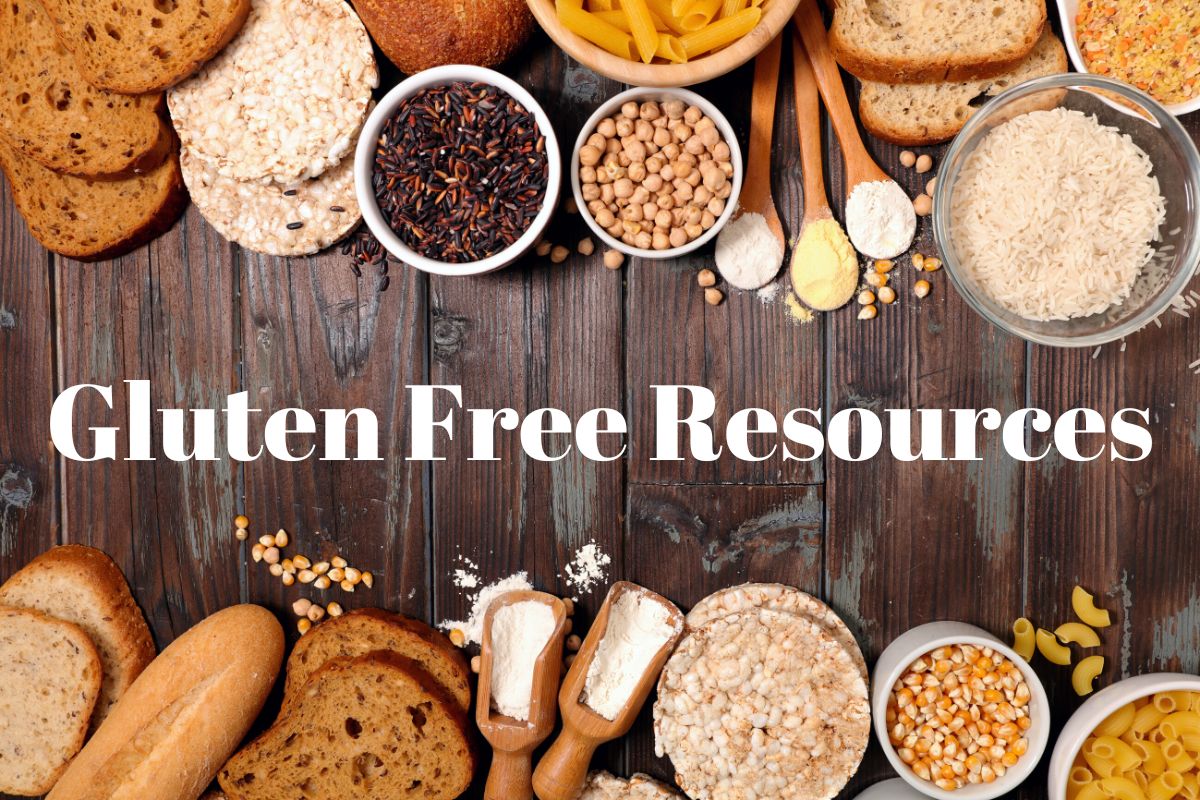
Celiac Resources:
- Celiac Disease Foundation: The Celiac Disease Foundation is a non-profit organization supporting individuals with celiac disease and non-celiac gluten sensitivity. They offer a wide range of resources, including diagnosis, treatment, and gluten-free living information.
- Gluten Intolerance Group: The Gluten Intolerance Group is another non-profit organization that provides support and resources for those with celiac disease and gluten intolerance. They offer education, advocacy, and certification programs to help individuals navigate a gluten-free lifestyle.
- National Celiac Association: The National Celiac Association provides information and resources on celiac disease, including gluten-free recipes, support groups, and educational materials.
- A Gluten-Free Blog like yours truly, Fearless Dining. I have a huge gluten free resources section to help you navigate gluten free living. If you like to dine out, always know what to look for so that you can judge whether a restaurant can keep you safe.
- Gluten-Free Apps: There are also several gluten-free apps available that can help you find gluten-free restaurants, scan product labels for gluten, and discover new gluten-free recipes. Some popular apps include Find Me Gluten-Free, Gluten-Free Scanner, and Fig.
Have a tip?
We would love to hear if you have a great gluten-free tip. Please leave a comment. Thank you!

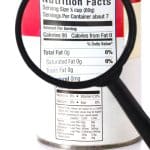
Good article. I have read where the ingredient Natural Flavors is MSG. This this apply now? Is it MSG?
Hi Mary, natural flavors can be so many things. I assume it can also include MSG. MSG itself is gluten-free, though I know many people do not do well eating MSG.
I’m interested in finding out which vitamins I’m lacking in since becoming gf & df? due to having IBS-C & Interstitial Cystitis. please help?
Hi Katherine, I would highly encourage you to ask your doctor to run labs. There are easy labs to determine if you have any nutrient deficiencies. In addition to basic nutrient labs (Vitamin D, B12, A, C, magnesium, etc) would also ask to have thyroid and iron labs run, as these can also be impacted by inflammation.
I love your blog. Your recipes are fabulous! Sometimes, an ingredient is left out in the instructions, and sometimes the amounts listed are confusing, but I haven’t made anything of yours that has not been outstanding. I bake for restricted diets, and use your recipes as a base for most of them. I also learn alot from your videos and instructions. You are my idol!
Thank you so much for your kind words. Please do send me a note if something is missing. I haven’t seen that happen too often, but once in a while it can happen as I had switched recipe cards a couple of years ago and the migration was a bit tricky. I am so glad you are able to help those with restrictive diets. I am sure it means the world to them.
I have been given King Arthur bread flour. It says gluten free wheat starch. It is certified gluten free. Label says contains wheat. It has been processed to food and drug administration to meet there requirements to be GF. I’m confused.
Hi Molly, That flour blend is made with wheat starch. This ingredient is tricky. It tests below the 20 ppm so it is considered celiac safe according to sources. I found I can’t tolerate it personally. This article by Gluten Free Watchdog has a lot of good information. https://www.glutenfreewatchdog.org/news/does-wheat-starch-belong-in-a-gluten-free-diet/